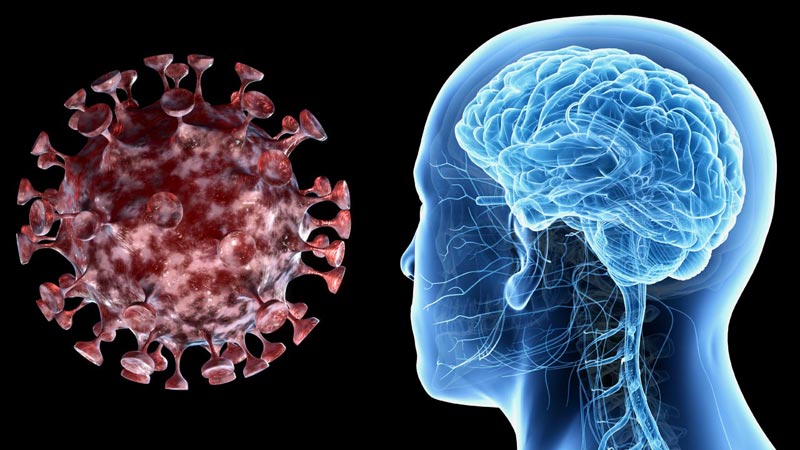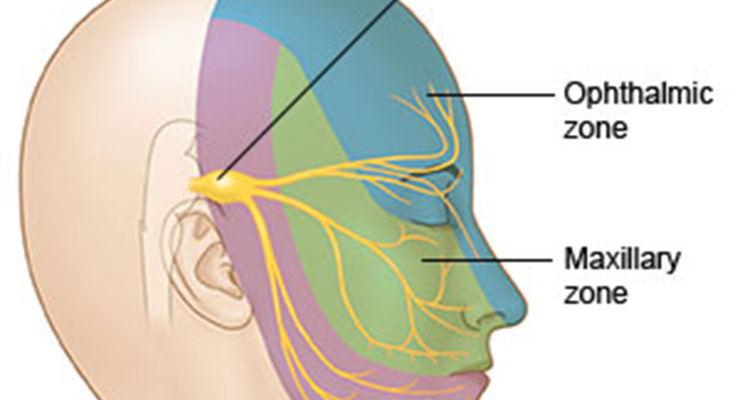
Migraines
Did you know that migraines affect 1 billion people worldwide? In fact, it’s actually the third most prevalent illness in the world. Despite the pervasiveness of the disease, many people fail to realize just how serious and debilitating migraines can be — let alone how challenging they can be to treat.
In this article, we’ll share some of the scariest statistics about migraines you need to be aware of, as well as the noninvasive, drug-free treatment options that are available to migraine sufferers.
- Migraine pain is linked to increased suicide risk.
Chronic head pain sufferers are three times more likely to become depressed, and recent studies suggest that people with migraines may be much more likely to attempt suicide. One Canadian study found that of those who participated in the survey, one in 12 of the adults with migraines had attempted suicide. Those with migraines had 77 percent higher odds of having attempted suicide in comparison to those without migraines.
- More than half of all migraine sufferers are never diagnosed.
Many migraine sufferers go their entire lives without ever being clinically diagnosed; the vast majority never seek medical care to relieve their pain, despite the fact that most sufferers struggle with chronic migraines, some on a daily basis. If more migraine sufferers were professionally diagnosed, more could experience long-lasting relief from chronic pain.
- More than 4 million adults experience chronic daily migraine.
Of the 39 million adults in the U.S. affected by migraine, more than 4 million experience symptoms on a daily basis and deal with at least 15 migraine days or more per month. Those individuals are likely to suffer from secondary symptoms as a result, such as anxiety, trouble sleeping, and pain in the head and neck.
- More than 90 percent of sufferers are unable to work or function normally during their migraines.
That’s right: Migraines are so debilitating that when a sufferer has an attack, more often than not, they’re down for the count until it ends. In addition to intense, throbbing pain in the head and neck, sufferers may experience visual disturbances, nausea and vomiting, dizziness, sensitivity to light and sound, and other unpleasant symptoms. It’s no wonder they’re unable to work or function normally!
- Many migraine sufferers take medication 2-3 times a week or more.
People struggling with chronic migraines are likely to overuse medications to treat their symptoms, from over-the-counter pain relievers to prescription triptans. What many don’t realize is that medication overuse is the most common cause of chronic migraine attacks and severe headaches.
The good news is that treatment options don’t have to be invasive or require excessive medications to be effective. In fact, those options tend to only treat symptoms and not the underlying cause. Alternatively, TruDenta’s rehabilitative treatment system is completely noninvasive and is designed to create a complete, long-lasting resolution of symptoms.
The first step is a bite force and range of motion analysis to identify any dental force imbalances and narrow down potential causes. This allows doctors to create personalized treatment plans for each patient. We take a “whole-body” approach, using a combination of ultrasound, cold laser, microcurrent, and trigger point manipulation techniques to reduce pain and inflammation, correct imbalances, and resolve symptoms without causing unpleasant side effects.
Are you ready to experience life without migraines?
Despite the scary statistics associated with migraines, there is a treatment option to achieving long-lasting pain relief. If you’re one of the millions of Americans struggling with chronic migraines, stop suffering in silence. Find a TruDenta doctor near you to relieve your symptoms and start living life pain-free.







 © 2025 - NATIONAL DENTAL SYSTEMS, INC. | 430 NORTH MAIN ST. SALEM, UT 84653 | CALL US TOLL-FREE 855-770-4002
© 2025 - NATIONAL DENTAL SYSTEMS, INC. | 430 NORTH MAIN ST. SALEM, UT 84653 | CALL US TOLL-FREE 855-770-4002